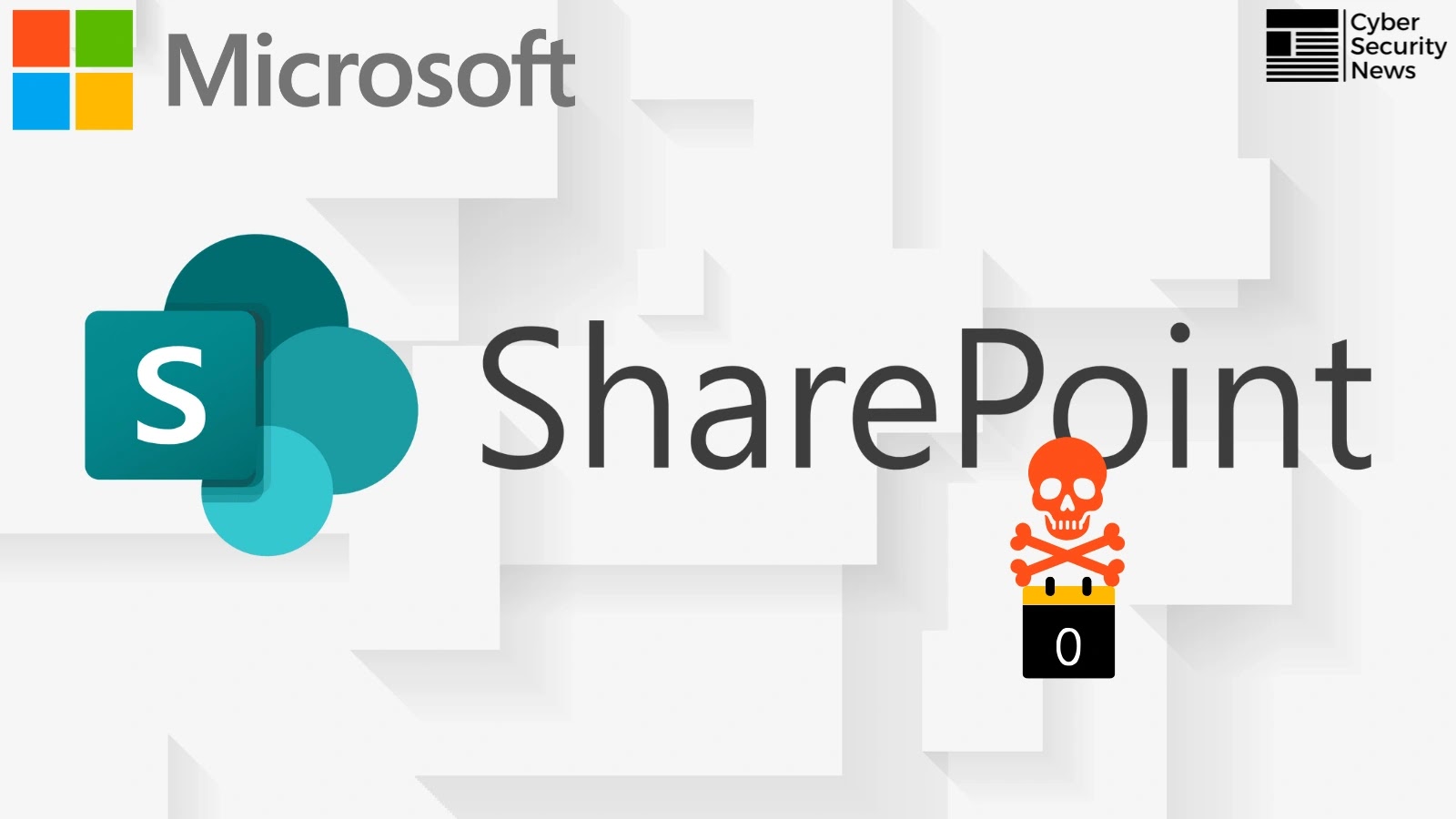
Microsoft Released Emergency Security Update to Patch Critical SharePoint 0-Day Vulnerability
Urgent Alert: Microsoft Issues Emergency Patch for Critical SharePoint 0-Day Vulnerabilities
The cybersecurity landscape has once again delivered a stark reminder of its relentless nature. Microsoft has issued an urgent security advisory and released emergency out-of-band updates to address two critical zero-day vulnerabilities in on-premises SharePoint Server. These vulnerabilities, actively being exploited in the wild, pose an immediate and severe risk to organizations relying on SharePoint infrastructure for critical operations and data management. For cybersecurity professionals and IT administrators, understanding the nature of these threats and implementing immediate remediation is paramount.
The SharePoint 0-Day Threat: CVE-2025-53770 and CVE-2025-53771
The vulnerabilities, tracked as CVE-2025-53770 and CVE-2025-53771, affect specific versions of on-premises SharePoint Server. While Microsoft has not yet disclosed the full technical details of the exploitation methods, the designation “zero-day” confirms that these security flaws were unknown to Microsoft and unpatched when attackers began leveraging them. This means that organizations running vulnerable SharePoint versions have been exposed to risk without official mitigation for an undefined period.
Such vulnerabilities can lead to severe consequences, including:
- Remote Code Execution (RCE): Attackers could potentially execute arbitrary code on the affected SharePoint server, leading to full system compromise.
- Data Exfiltration: Sensitive organizational data stored within SharePoint could be accessed, stolen, or manipulated.
- System Disruption: Malicious actors might disrupt SharePoint services, impacting business continuity and operations.
- Privilege Escalation: Initial access could be leveraged to gain higher privileges within the network.
Immediate Risks to Organizations
Organizations that have NOT yet applied the emergency patches are at immediate risk. The active exploitation confirmed by Microsoft means that threat actors are already scanning for and targeting vulnerable SharePoint installations. This is not a theoretical threat; it is an ongoing attack campaign. The speed at which these exploits are being weaponized and deployed necessitates an equally rapid response from affected entities.
Remediation Actions: Patch Now
The most critical step for any organization running on-premises SharePoint Server is the immediate application of the security updates released by Microsoft. Delaying this action leaves your systems open to active attacks. Prioritize this patch application in your patch management cycles.
- Identify Affected Systems: Confirm all SharePoint Server instances currently deployed within your infrastructure.
- Download and Apply Patches: Refer to Microsoft’s official security advisory and download the specific updates for your SharePoint Server versions. Follow Microsoft’s guidelines for patch installation meticulously.
- Review Logs: After patching, review SharePoint, IIS, and Windows Event Logs for any indicators of compromise (IoCs) that might suggest prior exploitation attempts.
- Network Segmentation and Least Privilege: Reinforce network segmentation around SharePoint servers and ensure that access controls adhere to the principle of least privilege.
- Regular Backups: Ensure up-to-date and recoverable backups of all SharePoint data and configurations.
Threat Detection and Verification Tools
While patching is the primary defense, various tools can aid in detecting potential exploitation attempts or verifying the security posture of your SharePoint environment. These tools can be instrumental in pre-patch vulnerability scanning and post-patch verification processes.
| Tool Name | Purpose | Link |
|---|---|---|
| Nessus | Vulnerability scanning for identifying unpatched systems and common configurations. | Tenable Nessus |
| OpenVAS | Open-source vulnerability scanner to identify known security flaws. | OpenVAS |
| Microsoft Baseline Security Analyzer (MBSA) | Scans for common security misconfigurations and missing security updates on Microsoft products. (Note: MBSA has been superseded by other tools but can still be useful for older environments). | Microsoft Website (Legacy MBSA) |
| PowerShell Scripts (Custom) | For specific checks of SharePoint configurations or log file analysis related to the vulnerabilities. | N/A (requires custom scripting) |
| SIEM Systems (e.g., Splunk, ELK Stack) | Centralized log management and security event correlation for detecting anomalous activity. | Splunk / Elastic Stack |
Conclusion: A Call to Action for SharePoint Administrators
The discovery and active exploitation of CVE-2025-53770 and underscore the critical need for proactive cybersecurity measures. Microsoft’s emergency patch serves as a direct directive to all organizations using on-premises SharePoint Server. The window of opportunity for attackers is closing, but only for those who act swiftly. Prioritize these updates, implement robust security practices, and remain vigilant against evolving threats to protect your vital organizational data and infrastructure.





